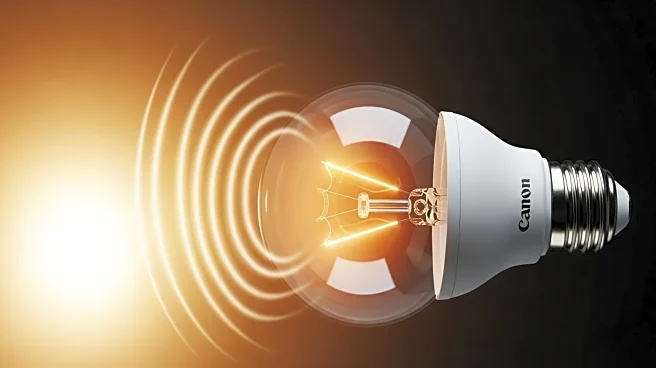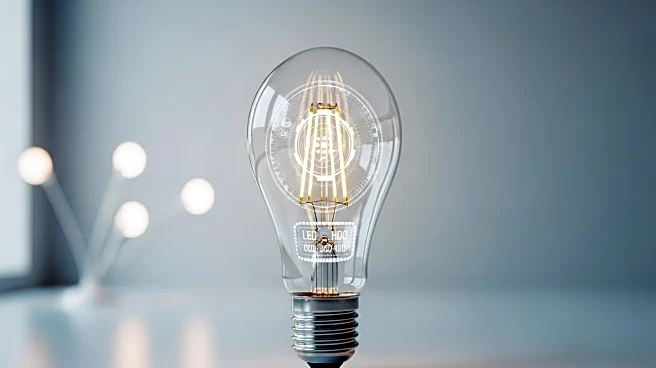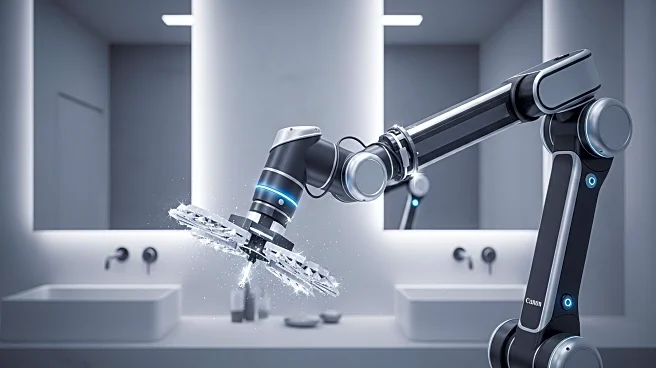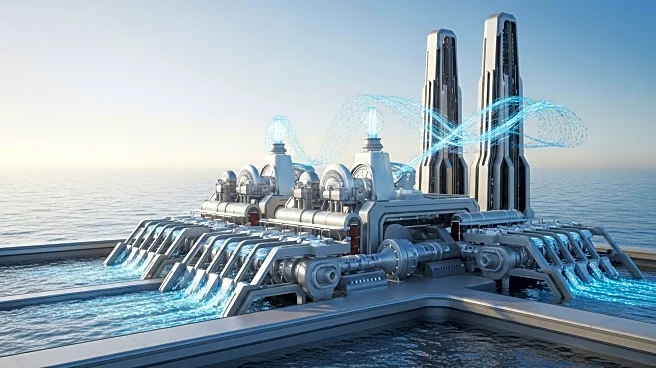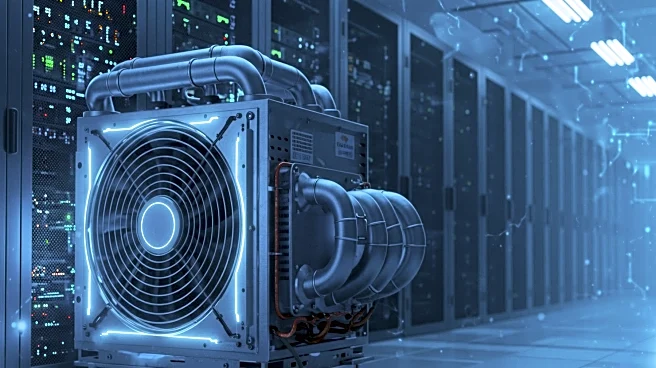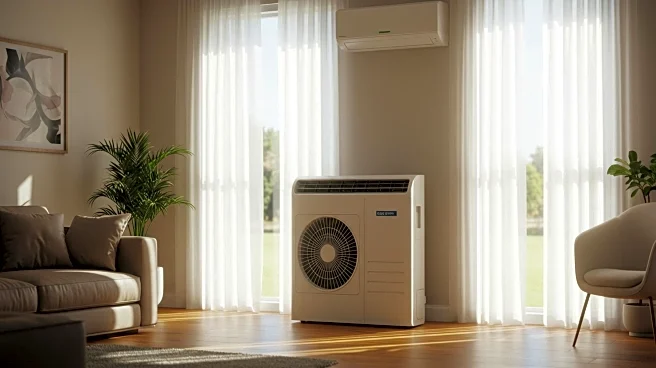Rapid Read • 8 min read
LED bulbs, known for their energy efficiency and long lifespan, often fail to meet the expected longevity due to various factors. Heat is identified as a primary reason for premature failure, as it affects the internal components of the bulbs. LED bulbs contain delicate circuit components that are vulnerable to high temperatures, leading to early burnout. Additionally, factors such as poor ventilation, dirty power supply, and high humidity can further shorten the lifespan of these bulbs. Manufacturers often provide lifespan estimates based on ideal conditions, which may not reflect real-world usage. Consumers are advised to consider these factors when installing LED bulbs to maximize their lifespan.
AD
Understanding the factors that affect LED bulb lifespan is crucial for consumers looking to invest in energy-efficient lighting solutions. LED bulbs are marketed as long-lasting alternatives to traditional incandescent bulbs, promising significant cost savings over time. However, if these bulbs fail prematurely, the expected savings may not be realized. This information is vital for homeowners and businesses aiming to reduce energy costs and environmental impact. By addressing installation and environmental factors, users can ensure they get the most out of their LED lighting investments.
Consumers may need to reassess their lighting setups to ensure optimal conditions for LED bulbs. This includes improving ventilation, checking electrical sockets, and possibly investing in power conditioners to stabilize electricity supply. Manufacturers might also focus on improving the durability of LED components to withstand adverse conditions. As awareness grows, there could be increased demand for LED bulbs designed specifically for challenging environments, prompting innovation in the lighting industry.
The premature failure of LED bulbs highlights broader issues in consumer electronics, where marketing claims often do not align with real-world performance. This discrepancy can lead to consumer distrust and calls for more transparent testing and reporting standards. Additionally, the environmental impact of replacing failed bulbs more frequently than expected could counteract the sustainability benefits of LED technology.
AD
More Stories You Might Enjoy
